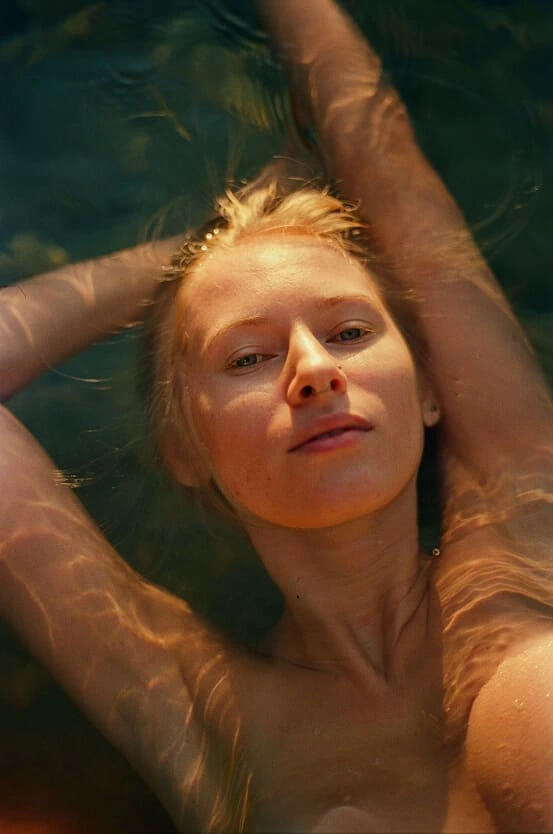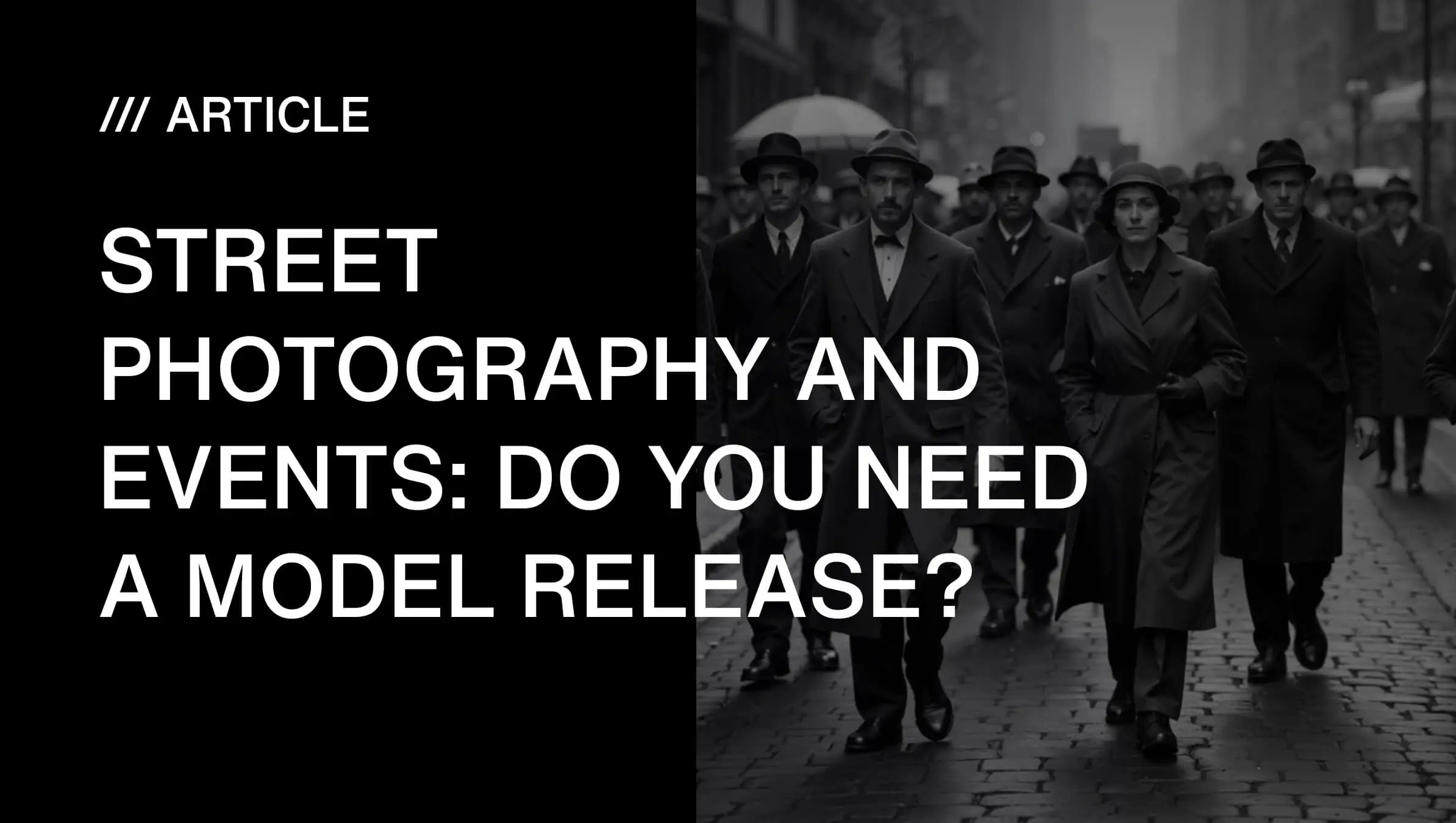Nikon FM2n Review: My Journey with a 35mm Classic
A Love Story in Metal, Glass, and Timeless Style
This article marks the beginning of a new series documenting my personal journey into the world of film photography. Before discovering my favorite camera, I had spent time shooting with both the Zenit and the Praktica MTL3 - iconic Eastern Bloc cameras with plenty of charm. They had personality, no doubt, but something was missing. Despite their solid build and vintage appeal, I never felt truly connected to them. So I dove deeper - reading reviews, watching videos, scrolling through endless forum threads - searching for a camera that photographers didn’t just use, but genuinely loved. One name kept surfacing: the Nikon FM2n. Mechanical. Metal. Reliable. And somehow, almost mythical in the reverence people gave it.
A Chance Encounter with a Legend
One day, while browsing a local camera marketplace, I stumbled upon two listings for the FM2n. I messaged one of the sellers right away and arranged to meet during my lunch break.
When I arrived, I was greeted by an unexpected surprise - the seller was Igor Savchenko, a photographer whose work I deeply admire for its poetic minimalism and conceptual depth. I had no idea I’d be meeting someone of his stature, let alone buying a camera from him. When he handed me the Nikon FM2n - with its sleek black body, solid weight, and that unmistakable tactile feel of milled metal and precision - I knew instantly that this was something special. The shutter sound alone gave me chills: a crisp click at 1/4000 of a second, faster than any mechanical shutter I’d used before. It was like shaking hands with a legend.
It was written all over Igor’s face - he didn’t really want to let this camera go. You could tell it meant something to him, not just as a tool, but as a creative companion. Still, after a warm and thoughtful conversation, he agreed to pass it on. Maybe he sensed how much it would mean to me too. I left with a smile that stayed with me the rest of the day, already imagining the images I'd make.
A Bit of History
The Nikon FM2n was introduced in 1983 as an update to the original FM2 (launched in 1982), and it quickly became a cult classic. In a world shifting toward electronics and automation, the FM2n stood firm as a fully mechanical, manual-focus SLR - a camera that didn’t try to do the thinking for you, but gave you all the control.
It became a favorite of photojournalists, street photographers, and fine art shooters around the world. Photographers like Steve McCurry (who famously shot Afghan Girl for National Geographic) often relied on Nikon FM-series cameras during their travels, thanks to their durability and legendary compatibility with Nikon glass.
Fashion photographer Herb Ritts, known for his iconic black-and-white portraiture, was also a known user of Nikon manual SLRs. And many Magnum photographers, including Josef Koudelka, have mentioned carrying FM-series bodies alongside their Leicas, appreciating their ruggedness and reliability in the field.
First Roll, First Love
My first session with the FM2n was an outdoor portrait shoot with Lera, shot on 35mm film. When I got the scans back from the lab, I was completely blown away. The tones, the clarity, the depth - it was in a whole other league from what I’d used before.
It didn’t just feel like a new camera. It felt like a collaborator. The FM2n seemed to anticipate my next move, with controls that were intuitive and responsive. The match-LED light meter - just three tiny dots (“+”, “–”, “o”) - guided me without ever interrupting my flow. No screens. No distractions. Just you, the light, and the moment.
There’s a rhythm to it. A simplicity that makes you shoot with intention. Every frame becomes more deliberate - not because the camera slows you down, but because it keeps you fully present.
What Makes It Special
Over time, I began to appreciate not just the feel of the FM2n, but its engineering elegance. It’s a fully mechanical camera - no batteries needed for anything but the meter. That means even if you’re halfway up a mountain or wandering through remote landscapes, this camera will keep working. Whether in icy wind or scorching sun, it doesn’t care. It just clicks on. Its 1/250s flash sync speed and 1/4000s shutter open up creative flexibility that few other film cameras offer. I’ve used fast lenses wide open in full daylight without a second thought - a rare joy on film. And then there’s the Nikon F-mount. It opens the door to decades of Nikkor glass, from dreamy vintage portrait lenses to razor-sharp primes. The 50mm f/1.4 I picked up soon after became an extension of my vision.
The Feel of Forever
I’ve owned and tried quite a few cameras, but the Nikon FM2n is in a category of its own. It’s not just about build quality or specs - though those are impressive - it’s about how it feels. It encourages you to slow down, to see differently, to connect more deeply with your subject.
I’ve shot with it in harsh sunlight and golden hour glow, in color and black and white. Every time, it delivers. It becomes invisible in the best way - never getting in the way of the moment, but always being ready for it.
It’s compact, too. Surprisingly light for a pro-level SLR. I can throw it into a bag with two or three primes and hit the road - from busy city streets to quiet, windswept coastlines. It’s always there, always ready.
Final Thoughts
If you’re thinking of getting into manual film photography, or you want to upgrade from a starter camera, the FM2n is an exceptional choice. Especially if you want a camera that feels like it will still be working - and still inspiring - 50 years from now.
It may be built from metal and glass, but what it offers goes far beyond specs: It brings back the joy of shooting. The trust in your tool. The spark that makes you fall in love with photography all over again.
And if you ever get the chance to hold one - don’t hesitate. You might not want to let it go either.
Author
Pavel Demidovich
Founder & Creative Director, SnapSign
- Photographer & Filmmaker
- 50+ exhibitions worldwide
- Published in Playboy
- Exhibited in Times Square
📧 Email: pavel.demidovich@snapsign-app.comFrequently Asked Questions About the Nikon FM2n: A 35mm Film Camera Review
The FM2n is fully mechanical, rugged, and reliable. It works without batteries (except for the light meter), has a fast 1/4000s shutter speed, and a 1/250s flash sync - specs that still feel impressive today.
Yes. It’s an excellent choice if you want to really learn the fundamentals of exposure, shutter speed, and aperture. Unlike automated cameras, the FM2n forces you to think about light and composition, which makes it a great teacher.
Definitely. While it’s long discontinued, you can find them in second-hand markets, vintage camera shops, and online platforms like eBay. Prices vary depending on condition, but well-maintained models are still highly sought after.
The FM2n uses the Nikon F-mount, meaning it’s compatible with decades of Nikkor lenses - from classic vintage glass to modern primes. Manual-focus AI and AI-S lenses are the best match, but many others work too.
Because it’s timeless. The FM2n is more than a tool - it’s an experience. The crisp shutter sound, the intuitive controls, and the reliability in all conditions make it a camera that connects you deeply with the craft.














